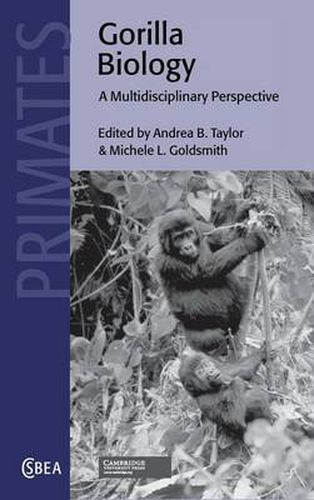Readings Newsletter
Become a Readings Member to make your shopping experience even easier.
Sign in or sign up for free!
You’re not far away from qualifying for FREE standard shipping within Australia
You’ve qualified for FREE standard shipping within Australia
The cart is loading…






Gorillas are one of our closest living relatives, the largest of all living primates, and teeter on the brink of extinction. These fascinating animals are the focus of this in-depth and comprehensive examination of gorilla biology. Gorilla Biology combines recent research in morphology, genetics and behavioral ecology to reveal the complexity and diversity of gorilla populations. The first section focuses on morphological and molecular variation and underscores the importance of understanding diverse biological patterns at all levels in testing evolutionary and adaptive hypotheses and elucidating subspecies and species diversification. Following are discussions of the ecological constraints that influence gorilla social organization and highlight their surprising flexibility. The book ends with discussions of the conservation status of gorillas and the many and increasing threats to their continued survival. Giving insight into the evolutionary biology of these unique primates, this book will be essential reading for primatologists, anthropologists and evolutionary biologists.
$9.00 standard shipping within Australia
FREE standard shipping within Australia for orders over $100.00
Express & International shipping calculated at checkout
Gorillas are one of our closest living relatives, the largest of all living primates, and teeter on the brink of extinction. These fascinating animals are the focus of this in-depth and comprehensive examination of gorilla biology. Gorilla Biology combines recent research in morphology, genetics and behavioral ecology to reveal the complexity and diversity of gorilla populations. The first section focuses on morphological and molecular variation and underscores the importance of understanding diverse biological patterns at all levels in testing evolutionary and adaptive hypotheses and elucidating subspecies and species diversification. Following are discussions of the ecological constraints that influence gorilla social organization and highlight their surprising flexibility. The book ends with discussions of the conservation status of gorillas and the many and increasing threats to their continued survival. Giving insight into the evolutionary biology of these unique primates, this book will be essential reading for primatologists, anthropologists and evolutionary biologists.